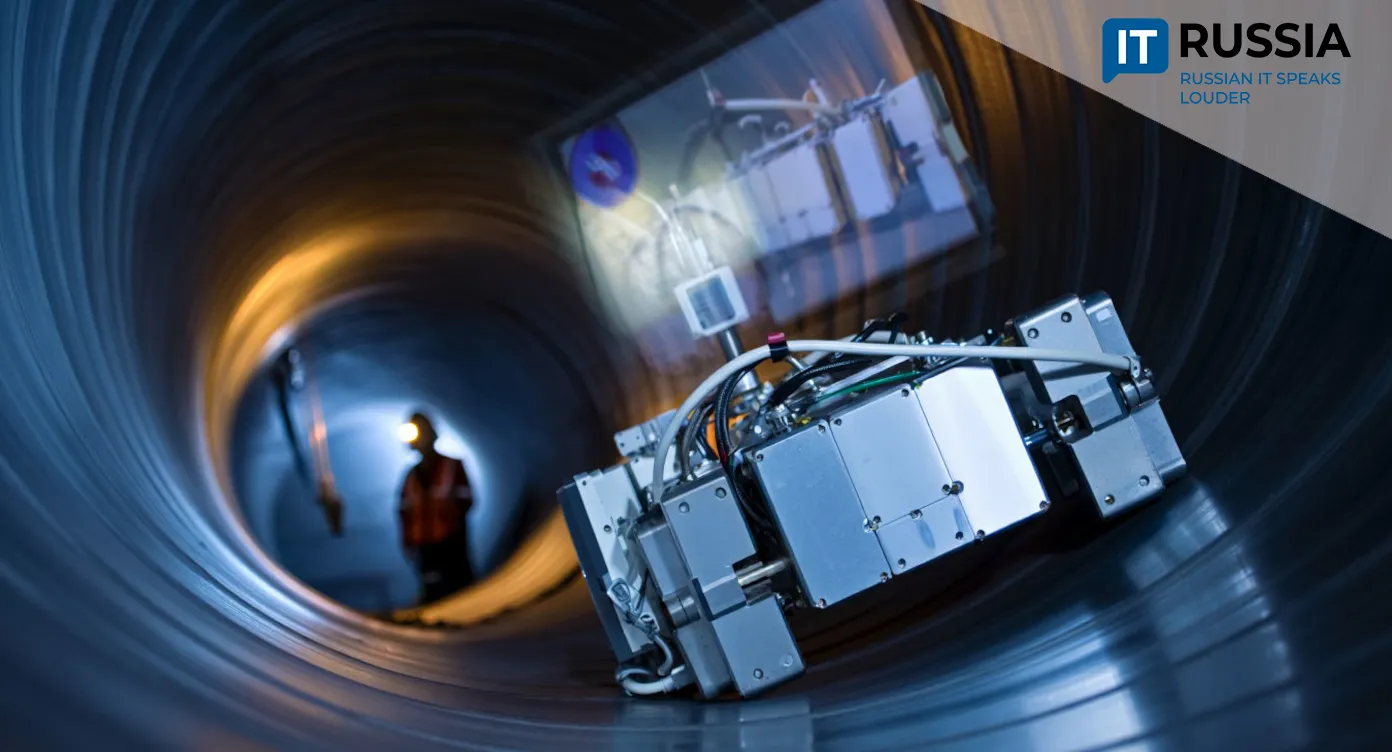Industry and Import Substitution
Russia is making a major breakthrough in machine‑tool engineering, advancing from import substitution toward fully sovereign digital manufacturing technologies with growing export potential.

Automation and Precision
The Russian machine‑tool holding STAN, part of the Rostec State Corporation, has introduced a unique five‑axis grinding complex—the SXS 512. It is the first Russian solution capable of fully automated machining of gas‑turbine engine blade locks made from heat‑resistant nickel alloys.
The machine removes the human factor entirely: a two‑axis table with automatic tool change, a Russian spindle motor, and an in‑house tool magazine enable autonomous operation for up to 72 hours. The key capability is deep‑profile grinding with continuous dressing of white electrocorundum wheels, ensuring stable precision of ±3 microns even when machining ultra‑hard materials.

A Digital Node of Industrial Manufacturing
Real‑time electronic monitoring systems capture cutting parameters—vibration, temperature, force, and machining geometry—ensuring consistent quality at every production stage. The integrated software package, “Comfortable Operator Interface” (KOI), visualizes the entire technological cycle from setup to final inspection, minimizing errors and accelerating production preparation.
With built‑in sensors and surface‑quality analytics, the SXS 512 becomes an intelligent element of digital manufacturing: machining data are automatically transmitted to MES and PLM systems, generating a digital twin of each part. This enables predictive optimization of cutting modes based on accumulated historical data.
Its modular architecture simplifies maintenance, accelerates replacement of critical components, and facilitates adaptation for new tasks—from blades to disks and complex casings. The system becomes the core of an integrated chain: from CAE load modeling and 3D scanning to AI‑driven defect analysis and remote service diagnostics.
The SXS 512 works with more than ten materials, including hardened steels and nickel‑based alloys, making it a universal solution for aviation, energy, and engine manufacturing. A pilot unit is currently being assembled at STAN’s Moscow plant, with completion scheduled for the end of the year.
A Strategic Response to Global Challenges
Before 2022, Russia’s machine‑tool sector—holding about 0.7% of the global market according to Gartner Research—was deeply integrated into international supply chains and relied on imported high‑tech equipment and components. Sanctions imposed between 2022 and 2024 disrupted these connections, stopping deliveries of 5‑axis CNC machines, Siemens and Fanuc control systems, and precision components such as ball‑screw drives and rolling bearings. This triggered a significant shortage of high‑precision equipment for aerospace, defense, and power engineering.

In response, the Russian government approved the Machine‑Tool Industry Development Strategy through 2030, aiming at technological sovereignty. Key targets include achieving a 50% domestic share of the machine‑tool market, establishing seven industrial clusters, and allocating 120 billion rubles (about $1.47 billion) for R&D through 2025.
By 2025, production of metal‑cutting machines in Russia increased by 18% compared with 2022, although only around 5% of these are advanced high‑technology models. The industry also faces a serious personnel gap, with 65% of enterprises reporting a shortage of process engineers. To address this, 15 universities have launched programs in additive manufacturing and mechatronics.
From Localization to Export
The SXS 512 does more than replace imported machinery—it closes a critical technological gap that has constrained Russian aerospace and power‑engineering development for decades.

The machine is expected to become the core of digital manufacturing in aviation, energy, and shipbuilding. Serial production, targeted for 2026–2027, will be paired with a digital service package that includes a cloud‑based monitoring platform, AI‑driven machining analytics, and online operator training.
Successful localization of components and expansion of the domestic service infrastructure will allow Russia not only to overcome its technological deficit but also to enter the global high‑precision machine‑tool market. The country plans to offer partner nations reliable, harsh‑environment‑resistant equipment comparable to DMG Mori or Makino, but with the added advantages of local service and high customization.
Overcoming challenges ranging from component shortages to workforce limitations will be central to ensuring sustainable long‑term development of Russia’s machine‑tool industry.










































